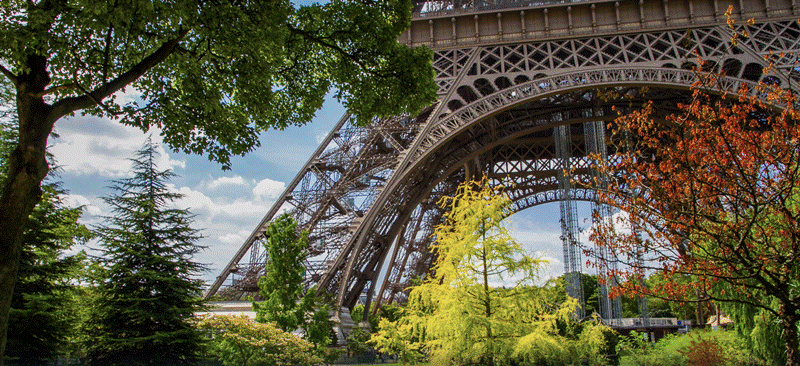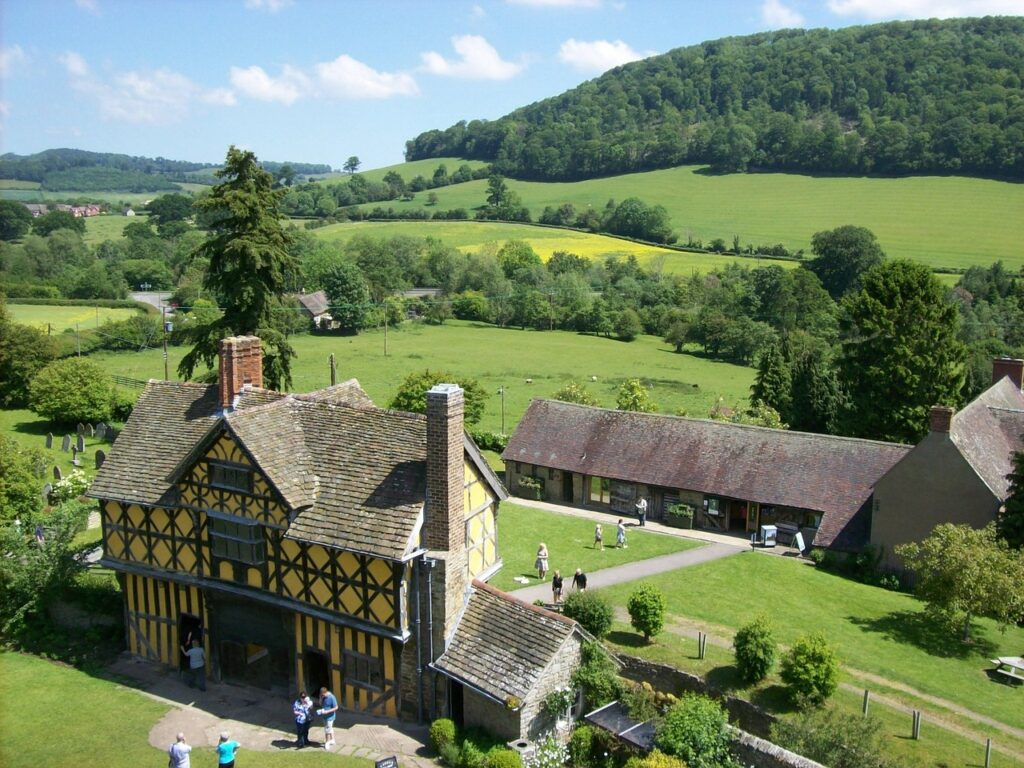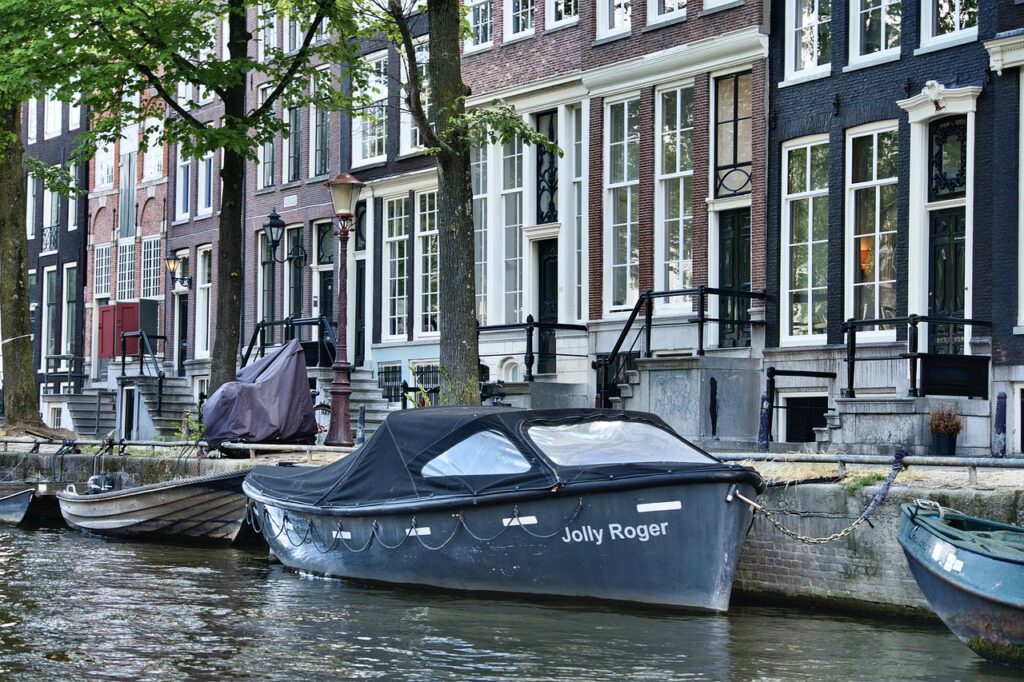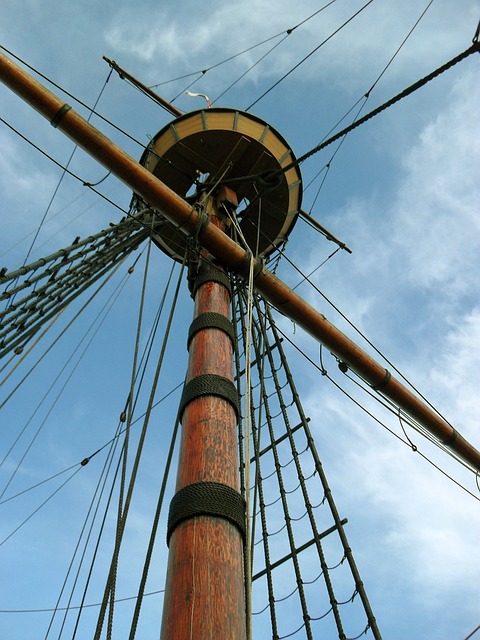Direct relatives born around the time Columbus arrived in the Americas became the grandparents of JESSE DE FOREST and MARIE DU CLOUX. They lived in Northeastern France and engaged in the textile business. They grew up in an era when the very rich and powerful Catholic Church was selling Indulgences. Early protestants like Martin Luther and John Calvin rebuked these practices. Protestantism advocated and pressured people to reject the Catholic Church and begin practicing Protestantism.
In the area of Northeastern France and western Belgium called Wallonia, converts from Catholic to Protestant were called Huguenots. Catholic radicals jailed and executed Huguenots and other protestants. The violence culminated in the St. Bartholomew Day Massacre where extremists killed 10-20 thousand Protestants. JESSE DE FOREST and MARIE DU CLOUX married and fled France for a more religiously tolerant Netherlands.
The Roman Catholic Church
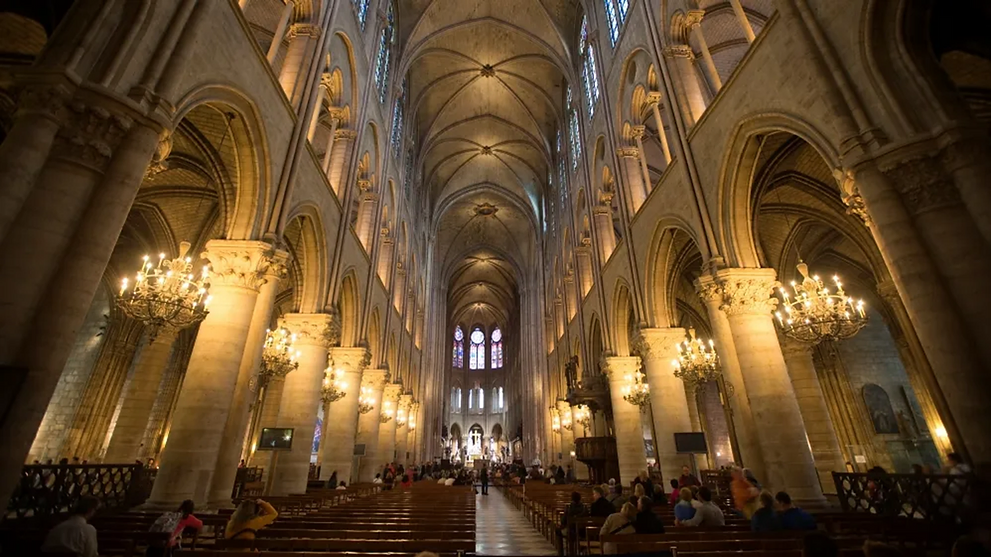
The Catholic Church, or Roman Catholic Church, exists as one of the oldest and largest international institutions. It played a key role in Western civilization’s history and development, becoming the center of town life. People attended weekly ceremonies, got married, confirmed, and buried there. The Church also confirmed kings, granting them divine right to rule.
The Catholic Church developed into a very rich and powerful body during the Middle Ages. It received 1/10th of member’s earnings in tithes. It received payments for various sacraments such as baptism, marriage, and communion and sold penances to the church. Importantly, it also received land from the wealthy.
The church owned about one third of the land in Western Europe. It did not have to pay the king any tax for its land because the King considered it independent. Church leaders such as nobles like abbots or bishops became rich and powerful.
In the Catholic Church, an indulgence reduces punishment for sins. Recipients perform actions to receive indulgences. By the late Middle Ages, indulgences funded public charities like hospitals. However, the Church did not restrain indulgence abuses effectively.
The Pope led the Catholic Church. Powerful cardinals were directly below the Pope. Bishops and abbots followed, with bishops often serving on the king’s council.
Auvergne-Rhone-Alps, Region of France
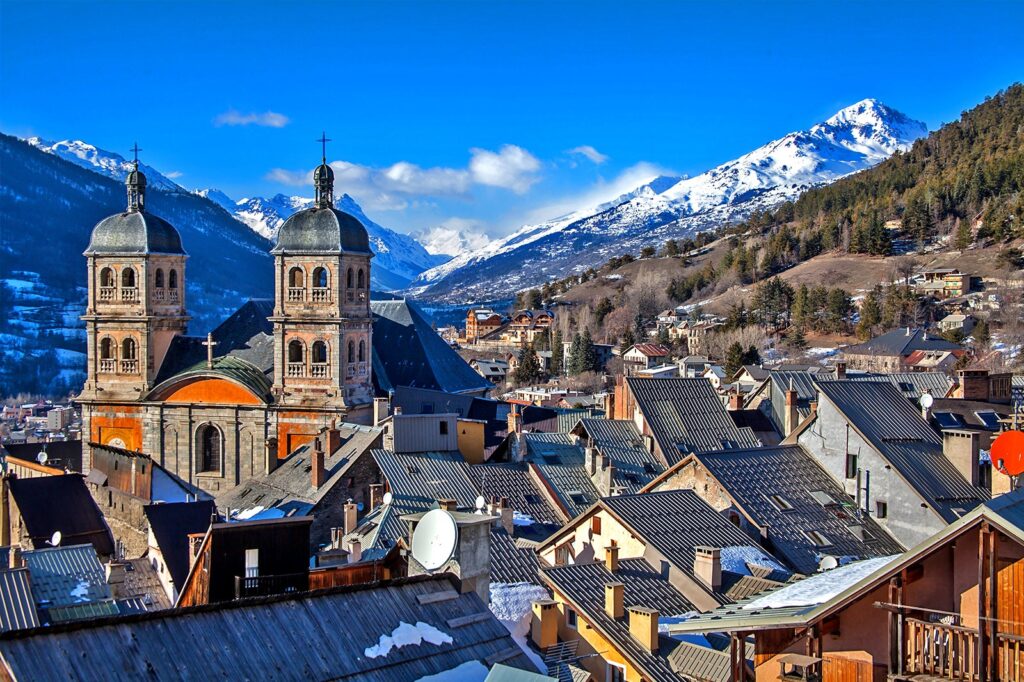
Auvergne-Rhône-Alps, nestled between Burgundy and Provence, unfolds as a vast region showcasing diverse landscapes, from the Rhône Valley to the towering Alps. Lyon, a UNESCO World Heritage Site, graces this region as its capital. Here, you’ll encounter Europe’s loftiest peak, Mont Blanc, and renowned ski resorts. With an abundance of national and natural parks, the region flourishes in early summer, revealing breathtaking scenery.
In the south, Ardèche and Drôme offer a taste of the South of France, adorned with lavender fields and olive groves. Culinary enthusiasts will revel in the gastronomic wonders of Auvergne-Rhône-Alps, rivaling even Paris. From the renowned vineyards of Beaujolais to the exquisite wines of Savoie and Côtes du Rhône, the region beckons with exceptional richness.
The Du Cloux Family
HENRI DU CLOUX inherited the name “Baron de Varanvalle” from his father JEAN DUCLOS. The term Varanvalle may be related to Varangéville, Meurthe-et-Moselle, Lorraine, France where HENRI died. HENRI DU CLOUX and MARGO UNKNOWN were born about 5 years prior to the arrival of Columbus in the “Americas”. That is when they first took part in the family’s journey from pilgrim to pioneer.
They were happy as children living in Auvergne within the scenic region of Auvergne-Rhône-Alps, France. HENRI and MARGO married and had their first child in Auvergne about 1518. They finished the journey from childhood to full adulthood and apparently decided to move to Avesnes.
The Protestant Faith
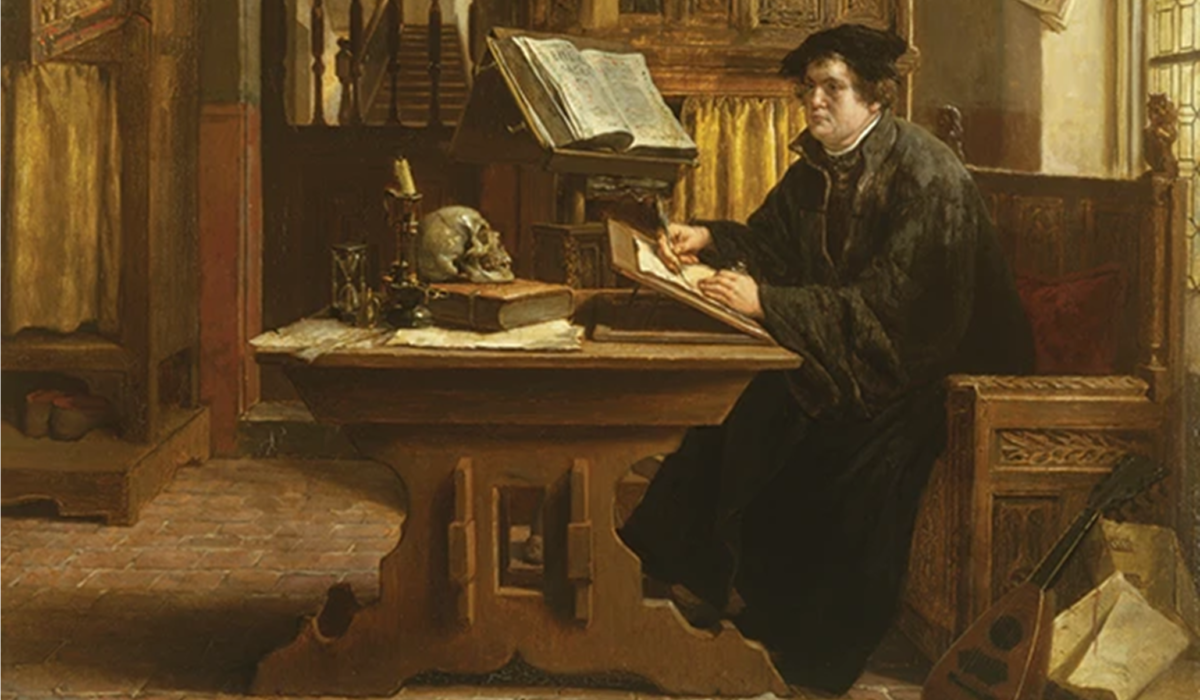
The Protestant faith emerged from a growing disaffection with the wealth and power of the elite Catholic clergy, catalyzed by perceived and undeniable abuses within the Roman Catholic Church. This shift from Catholic to Protestant developed during the late fifteenth, sixteenth, and seventeenth centuries.
Early protestant faiths included Lutheranism initiated by Martin Luther, and Calvinism initiated by John Calvin. These Protestant convictions were resulting in religious tensions. They were pitting themselves against the Roman Catholic Religion.
Martin Luther came to reject teachings and practices of the Roman Catholic Church. In particular, he disputed the view on indulgences. He insisted that forgiveness was God’s alone to grant. Those who claimed that indulgences absolved buyers from all punishments and granted them salvation were in error. Christians, he said, must not slacken in following Christ on account of such false assurances.
Johann Gutenberg’s printing press became a game changer around 1448 as it spread across Europe reaching 110 locations by 1480. The revolutionary invention helped Luther’s ideas spread rapidly across Europe.
The printing press didn’t just print books; it printed change. It became a key player in the Protestant Reformation, influencing religious shifts. The press allowed Protestant thinkers, led by Luther, to disperse their beliefs. It nurtured the aspiration for spreading the reformation ideals. It challenged the Catholic Church’s control over written material. It’s growing use sparked the Protestant Reformation.
Avesnes-sur-Helpe, Hauts-de-France Region of France
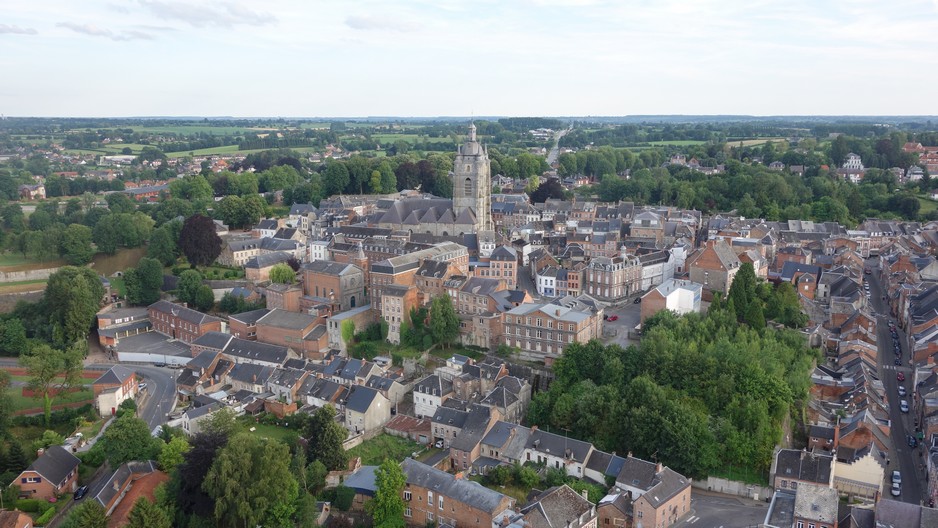
Avesnes bordered the Helpe Majeure River and existed for about 500 years before Columbus returned from the Americas. Today it lays in the northernmost region of France, as part of the Hauts-de-France.
The Du Cloux Family
In Avesnes, HENRI and MARGO DU CLOUX welcomed their son, JEAN DU CLOUX, into the world during 1520.
Simultaneously, in Avesnes, a contented mother and father gave birth to their daughter FRANCOIS ROLAND. FRANCOIS and JEAN DU CLOUX knew each other at an early age and eventually married in Avenses.
JEAN AND FRANCOIS DU CLOUX ventured from Avesnes to Sedan, most likely to seek refuge from emotional stress. That feeling of anxiousness or stress about the consequences of not being able to act according to your values. Those consequences took the form of religious persecution.
The Du Fosset Family
Avesnes, France near Flanders, sheltered JEAN DU FOSSET II (21) and ISABEAU RESTEAU (12) in 1492, when Christopher Columbus discovered the Americas. Avesnes likely received news of the Americas before 1510 when JEAN DU FOSSET II (39) and ISABEAU RESTEAU (30) wed. The town population grew by one shortly thereafter when JEAN and ISABEAU gave birth to CATHERINE DU FOSSET.
The De Forest Family
Avesnes also saw the early years of MELCHOIR DE FOREST II who was born during 1497, five years after Columbus’ discovery. It hosted the wedding of MELCHOIR DE FOREST II (24) and JACQUELINE BRONCHIN. About 6 years later it welcomed MELCHOIR DE FOREST III during 1521.
MELCHIOR III DE FOREST and CATHERINE DU FOSSET were happy celebrating their wedding in Avesnes. CATHERINE experienced her childhood in Mons, Belgium, a part of Wallonia, known for medieval towns and Trappist beers.
MELCHOIR III held membership in the brotherhood of St Nicholas in 1533. That same year he and CATHERINE greeted their newborn son, JEAN DE FOREST. MELCHOIR III was employed as Sheriff of Avesnes during 1562. Melchoir III was a merchant of cloth goods.
The DE FOREST III family lived in a large house in central Avesnes, facing the city Hotel. The house still exists today. The present-day location exists as the study of Me Bouq, Notary. MELCHOIR III owned another home in Guersignies where he lived after 1569.
The Huguenots
The French of Wallonia almost exclusively practiced the Catholic faith around the time JEAN DE FOREST was born. The Catholics called the few people that subscribed to the Reformed or Calvinist traditions Huguenots.
The Huguenot preachers earnestly worked among the Walloons during Jean De Forest’s youthful years. They were convincing, distributing Bibles, and stirring up the people against the Catholic church. Despite Catholic surroundings, he became the family’s first convert from Catholic to Protestant. This created internal conflict for Jean. He struggled to reconcile these protestant beliefs with the directives of the Catholic Church supported by the king.
JEAN as well as his siblings took advantage of wool as the industrial staple among the Walloons. They adopted his father’s profession as a wool merchant.
JEAN DE FOREST took to himself a wife about 1570. The name of the bride was ANNE MAILLART.
The Protestant Reformation: Catholic to Protestant
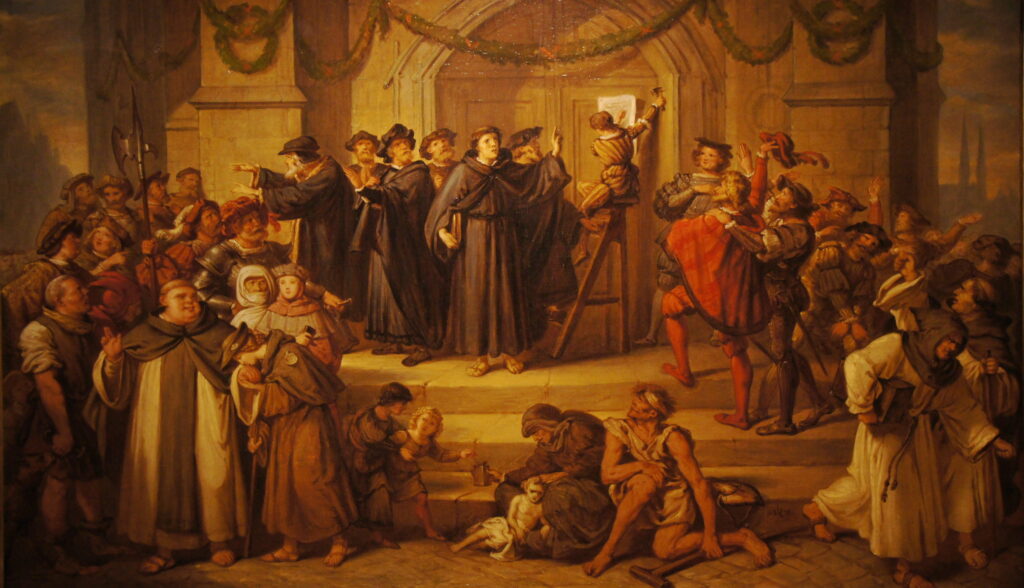
Luther proposed an academic discussion of the practice and efficacy of indulgences in his Ninety-five Theses of 1517. He found himself increasingly occupied in organizing a new church. The new church he based on the Catholic service but omitted “everything that smacked of sacrifice”. The Mass became a celebration where everyone received the wine as well as the bread. He kept the elevation of the host and chalice. Trappings such as the Mass vestments, altar, and candles were made optional, allowing freedom of ceremony. He also provided simplified versions of the baptism and marriage services.
John Calvin played a key role in the transformation from Catholic to Protestant religious practices. He broke from the Roman Catholic Church and fled to Switzerland to escape religious violence around 1530.
Felleries, Hauts-de-France Region of France
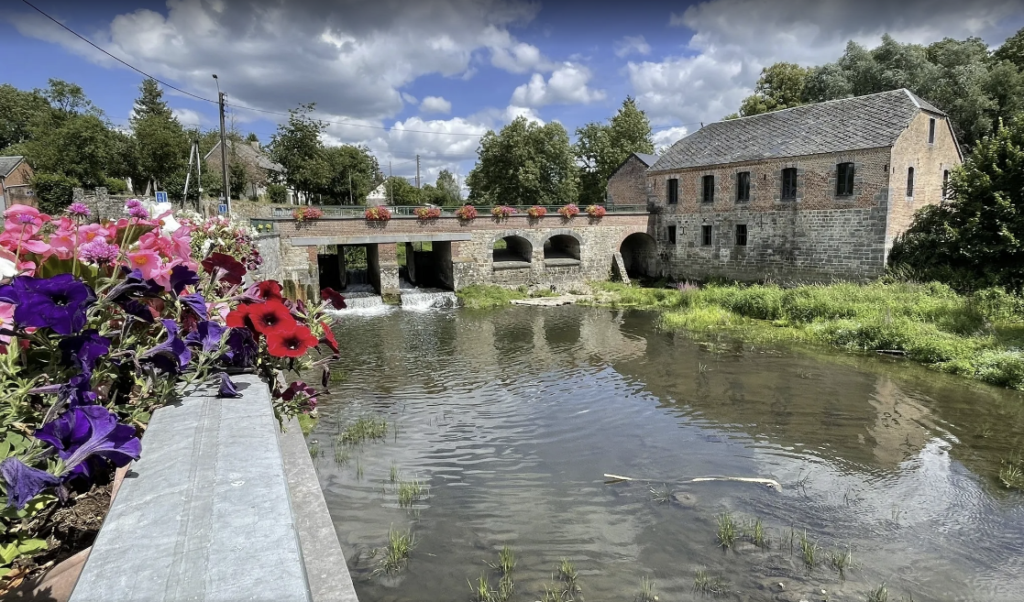
Today, Felleries is a commune in the Nord département in northern France. It is located in the heart of the 125,000 hectare Regional Natural Park of Avesnois with plenty of Hiking Trails.
The Maillart Family
QUENTIN MAILLART and LAURENCE UNKNOWN who were born in Felleries, about 7 years before Columbus sailed in 1492. QUENTIN and LAURENCE married less than 15 years later in 1507 when they were both 22. That same year they embraced their son MICHAEL MAILLART in Felleries. As a young man MICHAEL matured and ascended to the title of Mayor of Felleries.
The Raux Family
COLLART RAUX (17) and BEATRIX GOSSET (5) lived in Felleries in 1492 when Columbus called the natives he met in America, Indians. About 22 years later COLLART RAUX (40) and BEATRIX GOSSET (28) married and delivered a daughter, MARGUERITE RAUX during 1515.
MARGUERITE RAUX flourished in Felleries and married MICHAEL MAILLART and they happily cuddled their 3rd child ANNE MAILLART in 1551.
Religious Violance

Flyers denouncing the Catholic mass appeared on the streets of Paris and other major cities. In 1534 King Francis I of France viewed this as a plot against him, and in 1535 he issued an edict ordering the extermination of the heretics.
Protestants were jailed and executed. In specific areas whole villages were destroyed. In Paris, after 1540, Francis I had heretics tortured and burned, printing was censored, and leading Protestant reformers were forced into exile.
The St. Bartholomew’s Day Massacre of 1572 directed violence against the Huguenots (French Calvinist Protestants) during the French Wars of Religion. It consisted of groups of assassinations and a wave of Catholic mob violence.
Sedan, Grand Est Region of France

In the 16th century Sédan progressed into an asylum for Protestant refugees from the Wars of Religion. Today Sedan is known for its castle, which researchers claim is the largest fortified medieval castle in Europe with seven levels.
The Du Cloux Family
JEAN AND FRANCOIS greeted their first child NICAISE DU CLOUX in 1540. JEAN’S career progressed nicely. He earned his license to practice law in 1566. He became the bailiff at Château-Regnault in the district of Bogney-sur-Meuse from 1566 to 1569. Bogney-sur-Meuse, rests in a hilly forested area on both sides of the Meuse River. It is found about 15 miles northwest of Sedan within the Ardennes Massif.
JEAN secured a job as bailiff in Sedan from 1569 to 1570 and in 1577. He achieved membership status of the Sovereign Council and the editor of its common law in 1569. He succeeded as a member of the Council from Vorst in 1575.
JEAN’S son NICAISE DU CLOUX watched his father have a successful career at Chateau Regnaut. NICAISE (35) married MARIE (AUBERTIN) (32), before 1575. Two years later they held their second child, daughter, MARIE DU CLOUX for the first time. Like his father, NICAISE secured a progressive career at Chateau Regnault as chatelain in 1577, and captain in 1580. He also served as a tax collector. He became a merchant and a burgher (resident, voter, and taxpayer) of Sedan in 1582, 1583, and 1585.
MARIE AUBERTIN, the daughter of LOUIS AUBERTIN and ARTUZ CROYER of unknown parents breathed her first breath at Sedan about 1543.
The De Forest Family
It was at Sedan where JESSE DE FOREST met the attractive young MARIE DU CLOUX. Jesse valued the members of the DU CLOUX family who were people of good position in Sedan. They were merchants, barristers, and surgeons. On Sunday, September 23, 1601, JESSE DE FOREST married MARIE DU CLOUX “at the Catechism”. Sieur du Tilloy, evidentially the Protestant minister, blessed their marriage. Later, Sieur du Tilloy baptized JESSE AND MARIE’s first 5 children.
Jesse was anxious and stressed trying to reconcile his protestant beliefs with those of Catholicism. He felt decreased satisfaction with life and a decline in his ability to provide for his family. To a degree Jesse felt isolated. He harbored the unsettling understanding that his viewpoints were not shared or valued by others in his environment. He was also aware of the escalating religious violence surrounding these differing religious viewpoints.
After much self-reflection JESSE and his family consider seeking opportunities elsewhere. To a place where their values and beliefs better aligned with the community. Jesse left Sedan briefly for Montcornet, France in 1609 before moving to the Netherlands about 1615. They settled in Leyden, Netherlands where they cherished the freedom to worship as they liked without holding clandestine services.

